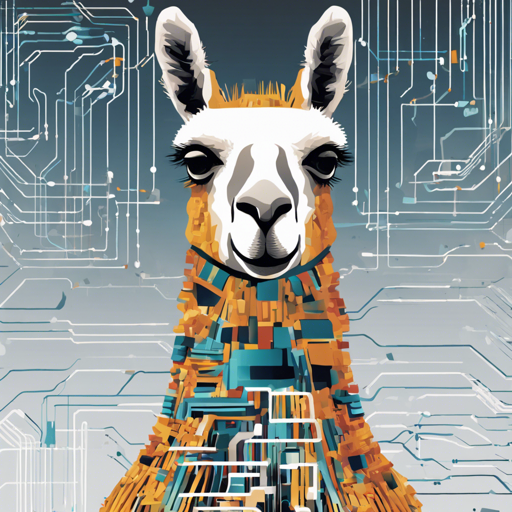In today’s fast-paced world of artificial intelligence, leveraging tools like Llama 3.2 can dramatically improve your capabilities for text generation. In this article, we’ll guide you through the steps to successfully implement Llama 3.2, troubleshoot common issues, and understand its components.
1. Understanding Llama 3.2
Before we dive into the “how to,” let’s make sure we have a solid understanding of what Llama 3.2 is. Imagine you’re in a library, where each book is an enormous dataset filled with knowledge. Llama 3.2 is like a librarian with an extraordinary ability to summarize and interpret this vast collection of books. It can retrieve information and generate insightful text responses based on the queries you pose. With support for multiple languages including English, French, and Spanish, it’s a versatile tool for many developers and researchers.
2. Installation Steps
To get started with Llama 3.2, follow these simple steps:
- Step 1: Clone the Llama.cpp repository from GitHub using:
git clone https://github.com/ggerganov/llama.cppcd llama.cpp
LLAMA_CURL=1 makellama-cli --hf-repo hugging-quants/Llama-3.2-3B-Instruct-Q4_K_M-GGUF --hf-file llama-3.2-3b-instruct-q4_k_m.gguf -p "The meaning to life and the universe is"3. Using Llama 3.2 via Server
If you prefer, you can also invoke the Llama 3.2 model as a server:
llama-server --hf-repo hugging-quants/Llama-3.2-3B-Instruct-Q4_K_M-GGUF --hf-file llama-3.2-3b-instruct-q4_k_m.gguf -c 20484. Troubleshooting Common Issues
Even the best technology can have its hiccups. Here are some common problems you might encounter along with their fix:
- Problem: Installation fails with missing dependencies.
Solution: Ensure you have all the necessary libraries installed for your system. Check the requirements section in the Llama.cpp GitHub repo. - Problem: Inference errors on running the command.
Solution: Double-check the file paths and the arguments used in your commands. Sometimes a simple typo can cause issues! - Problem: High memory usage or crashes during inference.
Solution: Reduce the maximum context length with the `-c` parameter to lower the memory footprint.
For more insights, updates, or to collaborate on AI development projects, stay connected with fxis.ai.
5. Conclusion
Your dive into Llama 3.2 can be a transformative experience, unlocking powerful tools for text interpretation and generation. As you explore these functionalities, remember that practice and experimentation are key to mastering its potential.
At fxis.ai, we believe that such advancements are crucial for the future of AI, as they enable more comprehensive and effective solutions. Our team is continually exploring new methodologies to push the envelope in artificial intelligence, ensuring that our clients benefit from the latest technological innovations.

